When is Computer Science Education Week?
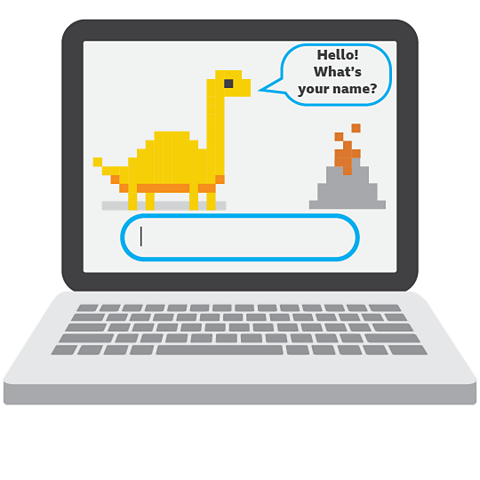
Computer Science Education Week is celebrated each year in December for the week which includes the 9th December. This is to honour the famous computer scientist, Grace Hopper, who was born on 9th December 1906.
The aim is to encourage children of all ages to celebrate and learn about computer science. Computer science play an important role in lots of aspects of every day life.
Find out more about:
- The history of computers
- How to code
- How to be creative with technology
- What jobs exist in Computer Science
- How to touch type with Dance Mat Typing

Who was Grace Hopper?
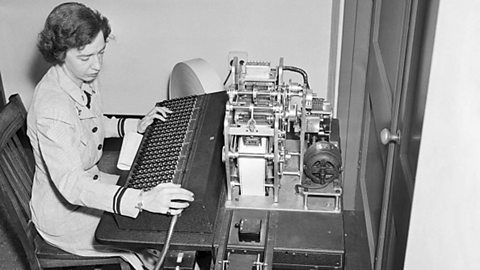
Grace Hopper (1906-1992) was a computer scientist, mathematician and admiral in the United States Navy.
She was known for contributing to computer programming and software development as well as her career in the Navy.
Hopper wanted more people to feel comfortable using computer so designed programs that used words as commands instead of symbols.

History
The computer
When you picture a computer, you probably imagine a small, sleek device that connects to the internet. However, they haven't always been like this. Discover how they have changed over time.
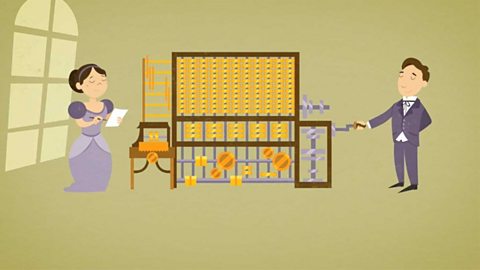
Image caption, In 1833, Charles Babbage, a British mathematician and inventor, designed the Analytical Engine powered by steam. If it had been built, it would have been the very first computer!
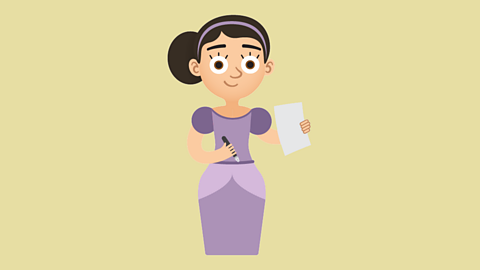
Image caption, Ada Lovelace was another British mathematician. She is known as the world's first computer programmer. She studied the plans Charles Babbage had made for the Analytical Engine and made notes, described as early computer programs, detailing how it could be used.
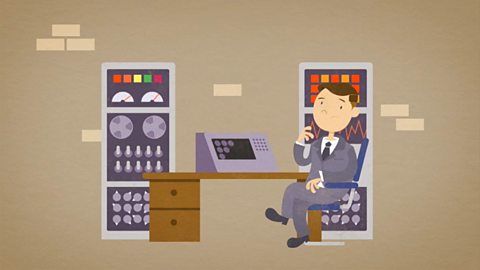
Image caption, 1940 - Alan Turing was a British mathematician who worked with a team of people during World War Two. They created a machine, the British Bombe, which could read secret Enigma coded messages used by the enemy in World War II.
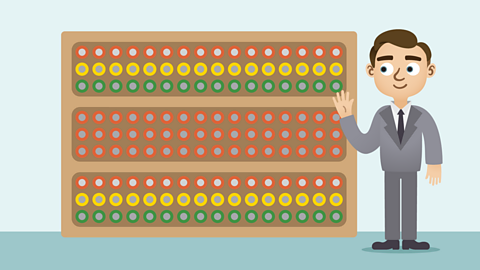
Image caption, 1944 - The world’s first large-scale electronic digital computer, the Colossus, designed by the engineer Tommy Flowers, arrived at Bletchley Park to break the complex Lorenz coded messages used by the enemy during World War II.
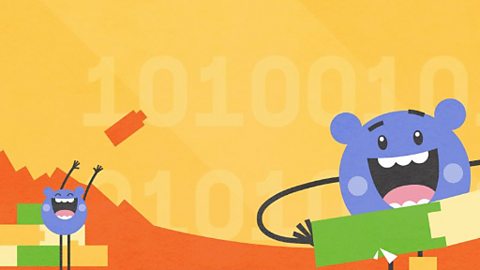
Image caption, 1948 - The first computer program ran on a computer when the world's first stored program computer called ‘Baby’ was invented by Freddie Williams and Tom Kilburn at The University of Manchester.
1 of 5
The internet
It is hard to imagine a time before the internet. It has changed how we communicate, learn and do jobs. In the early days of the internet it was used quite differently and didn't run nearly as fast! Find out more about the evolution of the internet.

Image caption, 1969 - ARPANET was the first version of the Internet.
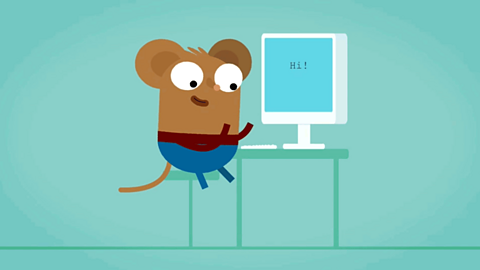
Image caption, 1971 - The first email was sent.
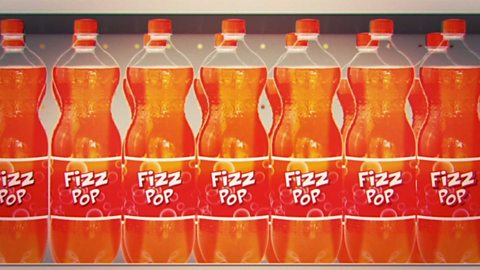
Image caption, In 1982 the first thing on the Internet of Things was a fizzy drinks machine in the USA that reported how many drinks it contained.
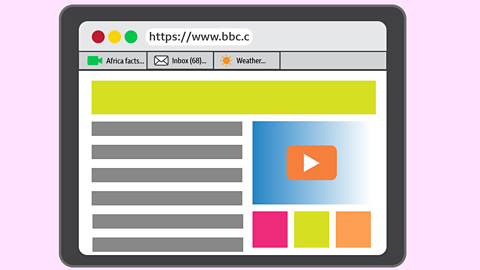
Image caption, In 1989 the World Wide Web was invented by Tim Berners-Lee. He introduced web pages shared via the Internet so that scientists could share the data from their experiments.
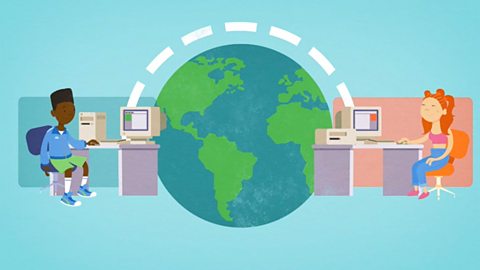
Image caption, Over time people started to have computers in their homes and in the 1990s the internet was available in homes and email became popular.
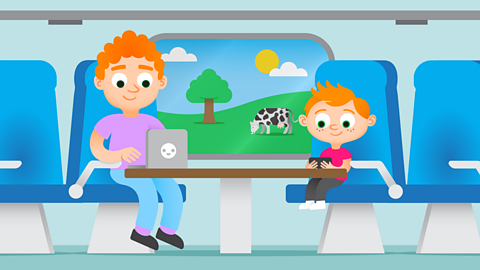
Image caption, Today we have portable computers - smartphones and we can access the internet when we're on the move.
1 of 6
Computers have evolved from huge machines that fill a room to tiny, connected devices that fit in the palm of our hands. Find out more about how they have evolved through the years.
How computers have changed our lives
Bitesize: KS2 Computing - Digital Literacy
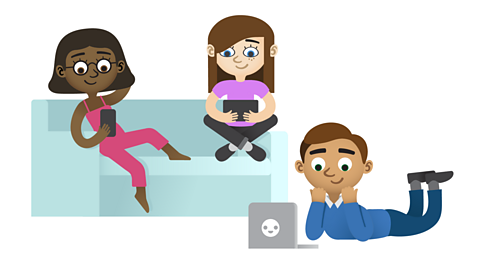
How computers have changed
Bitesize: 1st level Computing Science and Digital Literacy
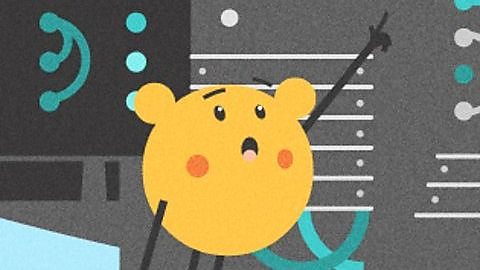
What's next for the world wide web?
Bitesize KS2: Computing - Computer Science
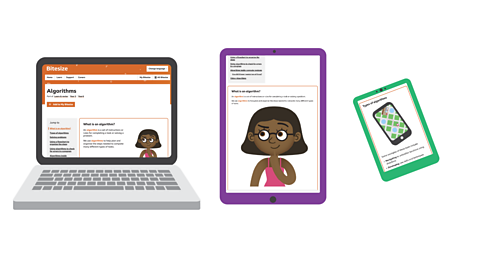
Computing
How do computers work?
The parts that make up a computer are called hardware. You can see some of the hardware such as the monitor, the mouse, and the keyboard, but some of the hardware, such as the processor and the memory is built in the computer itself.
A computer can't run by itself and needs programs to tell it what to do - this is called software.
Find out more about computers and how they work in these Bitesize guides.
What is a computer?
Bitesize 1st level: Computing Science and Digital Technology
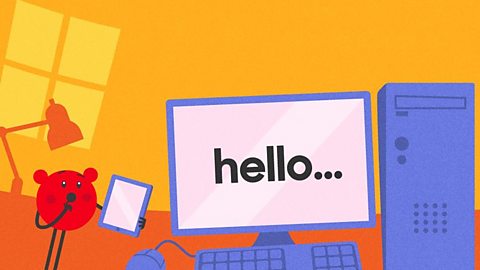
What are the main parts of a computer
Bitesize: 1st level Computing Science and Digital Literacy
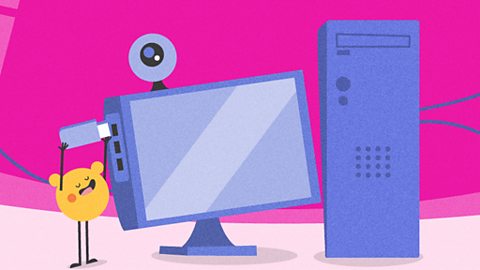
Cracking Computing
BBC Teach KS2 Computing
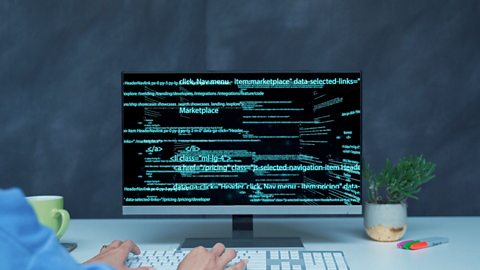
What is coding?
The instructions that we give to a computer to tell it what to do is called a computer program.
Computers can't understand everyday words like we can. We have to write the computer program using a computer language or code.
Discover more about code and coding with BBC Bitesize and the BBC micro:bit.
What is coding?
Bitesize: 1st level Computing Science and Digital Literacy

Virtual micro:bit
BBC Teach: micro:bit

Coding with the Gladiators and the micro:bit
BBC Teach Live Lesson: micro:bit
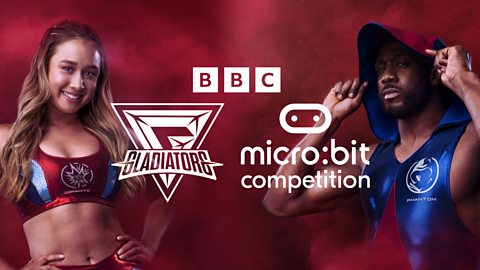
Art and Design
How to be creative with technology
Technology can be used to be creative. From stop motion videos to digital art work and online games, developments in computer science has opened up a whole new creative digital world.
Discover how you can use computers, phones and tablets to be creative.
Getting creative with computers
Bitesize KS2 Computing: Information Technology
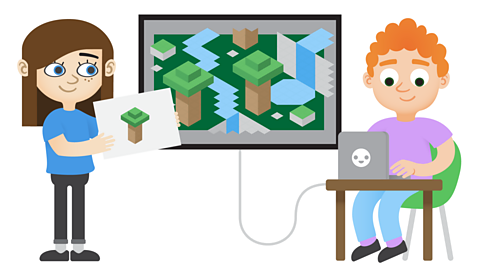
How do you create digital photos and images?
Bitesize: KS2 Computing - Information Technology
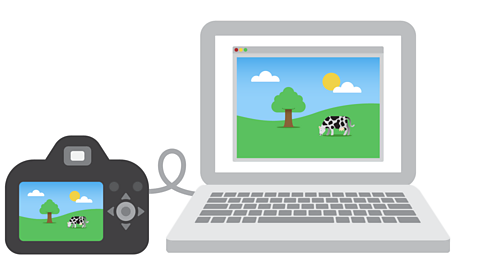
Creating digital video and audio
Bitesize KS2 Computing: Information Technology
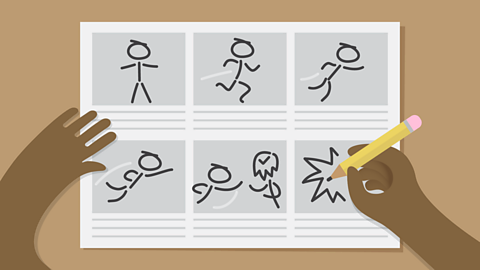
How to make digital animations
Bitesize: KS2 Computing -Information Technology
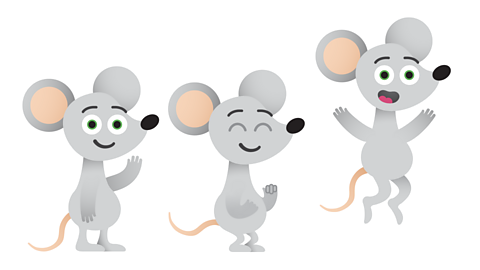
What makes a computer game great?
Bitesize KS2 Computing: Information Technology
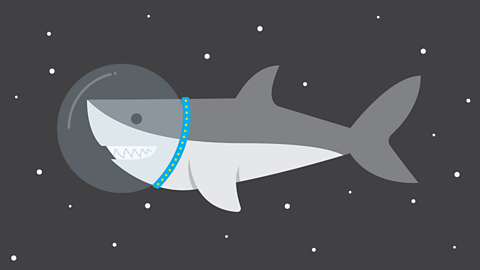
How to make a good app
Bitesize: KS2 Computing - Information Technology
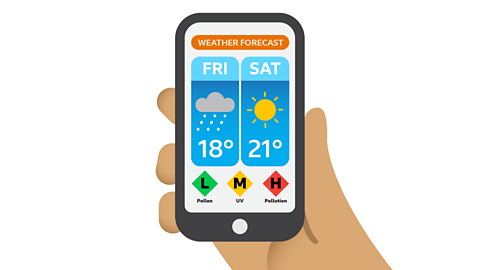
Citizenship
Careers in computing
There are lots of jobs in Computer Science and more are being introduced each day as technology evolves. There are now jobs in artificial intelligence (AI) that didn’t exist a few years ago!
Careers in IT
Bitesize: Careers
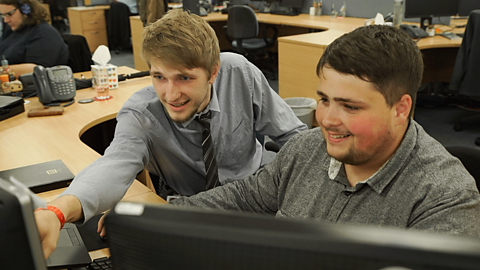
How to become a games designer: Rhianne's story
Bitesize: Careers
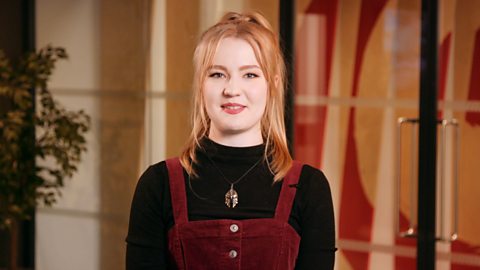
How to become a software engineer apprentice: Bode's story
Bitesize: Careers

How to become a coder: Pauline's story
Bitesize: Careers
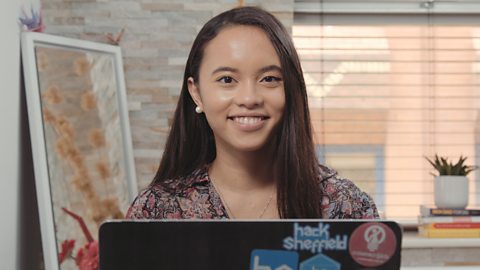
Digital sustainability
Technology helps us stay informed and connected, but electronic devices can be harmful to the environment and too much screen time can be bad for our health. How can we reduce the harmful impact of technology on the world?
How can we make technology better for the world?
Bitesize: The Regenerators
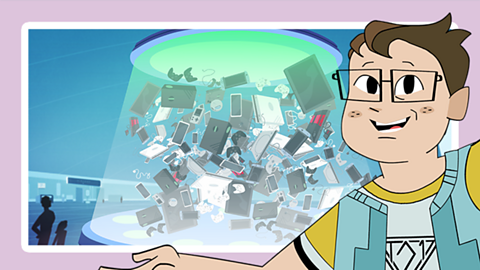
How do designers solve problems like waste?
Bitesize: The Regenerators
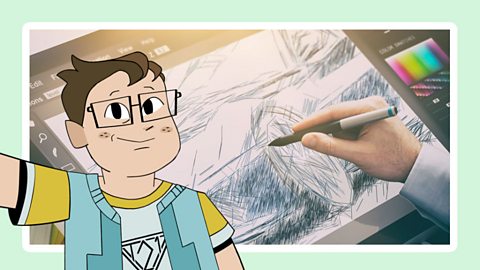
Staying safe online
The digital world offers lots of opportunities and benefits but it is also important that we know how to be safe online. Just like how roads allow us to travel to see friends but can be dangerous when the cars drive unsafely, the internet is similar.
Your online safety
Bitesize: KS2 Computing Digital Literacy
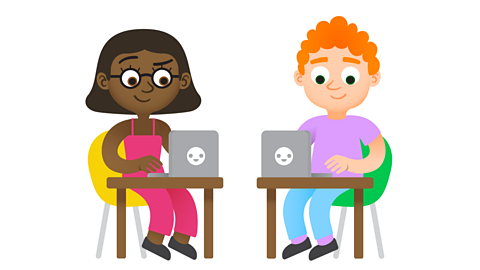
Fact or fake – is information on the web always reliable?
Bitesize: KS2 Computing - Digital literacy
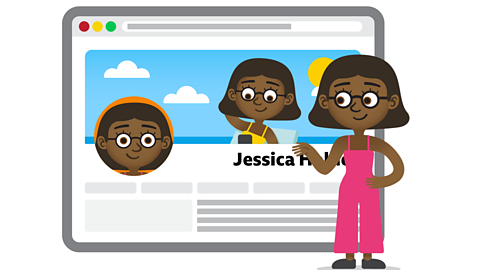
How can we be respectful and responsible online?
Bitesize: KS2 Computing - Digital literacy
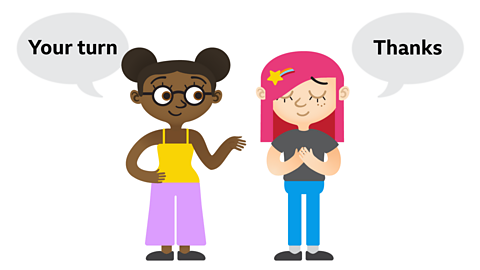
What does being respectful and responsible online look like?
Bitesize: KS2 Computing - Digital literacy
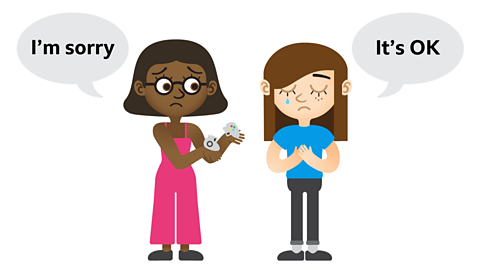
Understanding the Media
Bitesize: KS2 Citizenship
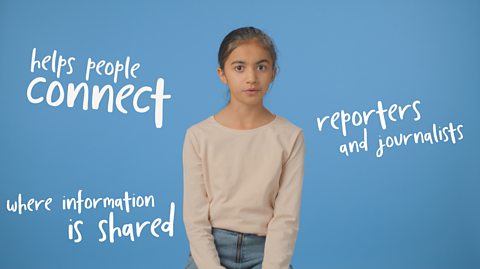
Across the BBC
With robots playing football and creating computer-generated visual effects to simulating F1 racing, these videos help teach computing and creative computer programming.
Internet safety is also important so you will also find videos to help you stay safe and find your way around the online world.
Computer Programming
BBC Teach: KS1 and KS2 Computing

Primary online safety for teachers
BBC Teach
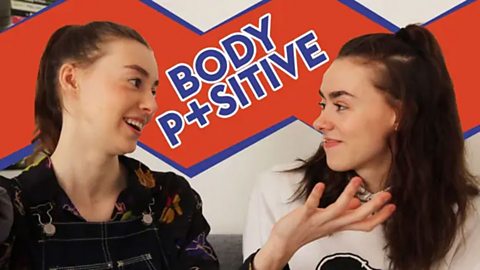
Play: Dance Mat Typing
When you can do it well, touch typing is the fastest way to write! Build and test your primary computing skills with these touch typing challenges.
Learn and practise how to:
- Type letters in rows
- Type keys on the home row
- Type capital letters, apostrophes, slashes and full stops
Happy typing!
Dance Mat Typing
Bitesize: KS2 Computing - Information Technology
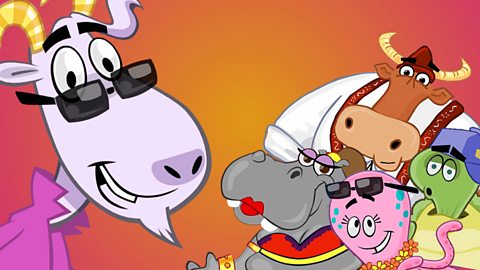
Where next?
Primary Topic Packs
Discover topics, events and project packs for children in KS1 and KS2.

